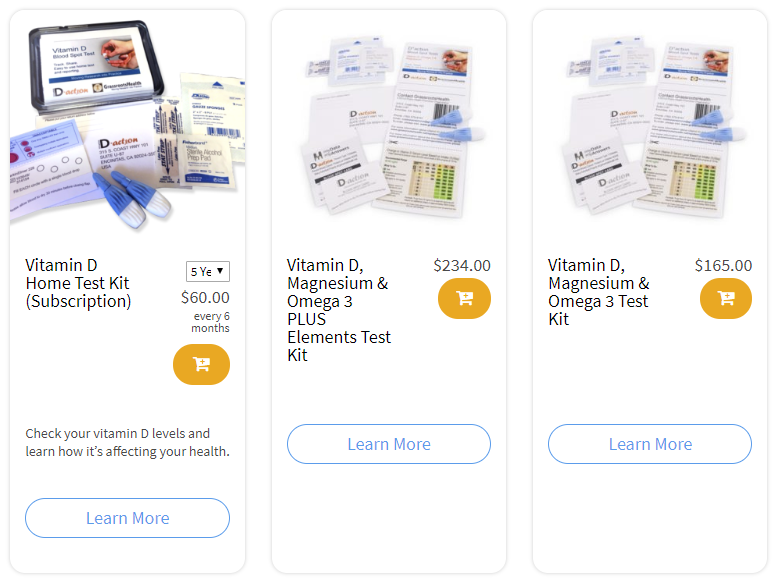Published on November 18, 2019
GrassrootsHealth has highlighted many studies demonstrating the positive benefits of achieving a prenatal vitamin D level of at least 40 ng/ml with health outcomes affecting both the mother and child, and has continued the Protect Our Children NOW! campaign to encourage pregnant women to test, track, and maintain their vitamin D levels throughout pregnancy. A study published in 2016 noted zero instances of preeclampsia in women whose preconception vitamin D level was 40 ng/ml or higher, indicating the importance of measuring and managing vitamin D before becoming pregnant.
What about Vitamin D and Conception?
 A recently published study by Jukic et al., which included data from 522 women (ages 30-44) who were attempting to become pregnant between 2010 and 2016, found a suggestive relationship between vitamin D level at baseline and the time it took for the women to conceive. The average baseline vitamin D level was 36 ng/ml. Just under half of the women in the study, 257, conceived during the study. The average time to conception was 3 cycles, and women with a vitamin D level of at least 50 ng/ml had a 35% higher probability of conception at each cycle than women with a level between 30-40 ng/m. The probability of conception was found to increase by an estimated 10% with each 10 ng/ml increase in baseline vitamin D level.
A recently published study by Jukic et al., which included data from 522 women (ages 30-44) who were attempting to become pregnant between 2010 and 2016, found a suggestive relationship between vitamin D level at baseline and the time it took for the women to conceive. The average baseline vitamin D level was 36 ng/ml. Just under half of the women in the study, 257, conceived during the study. The average time to conception was 3 cycles, and women with a vitamin D level of at least 50 ng/ml had a 35% higher probability of conception at each cycle than women with a level between 30-40 ng/m. The probability of conception was found to increase by an estimated 10% with each 10 ng/ml increase in baseline vitamin D level.
The chart below illustrates the probability of conception taking longer than six menstrual cycles among groups of varying levels of vitamin D.
Overall, women with a vitamin D level of at least 50 ng/ml had a 71% lower probability of conception taking longer than 6 cycles compared to women whose vitamin D levels were less than 20 ng/ml. However, these results were not statistically significant; a larger sample size of women with those higher and lower levels may be necessary to further define the influence of vitamin D levels on conception time.
Vitamin D, Omega-3 & Magnesium are Important for All Ages
Make sure you know your vitamin D level, and take steps to keep it within a target of 40-60 ng/ml or 100-150 nmol/L! Through GrassrootsHealth Nutrient Research Institute, you can also test your essential elements magnesium, copper, zinc and selenium, toxins such as lead, mercury and cadmium, as well as your omega-3 levels, inflammation levels and thyroid stimulating hormone (TSH) level. Find out your levels today! Log on to the shop (click the link below) to get your tests and see for yourself if your level can be improved.
Make sure you track your results before and after, about every 6 months!
How can I track my nutrient intake and levels over time?
To help you track your supplement use and nutrient levels, GrassrootsHealth has created an online tracking system called myData-myAnswers. For each specific supplement, you can track what days you take it, how much, and many other details. This will help you know your true supplemental intake and what patterns of use work for you to reach and maintain optimum nutrient levels. Check it out today!








